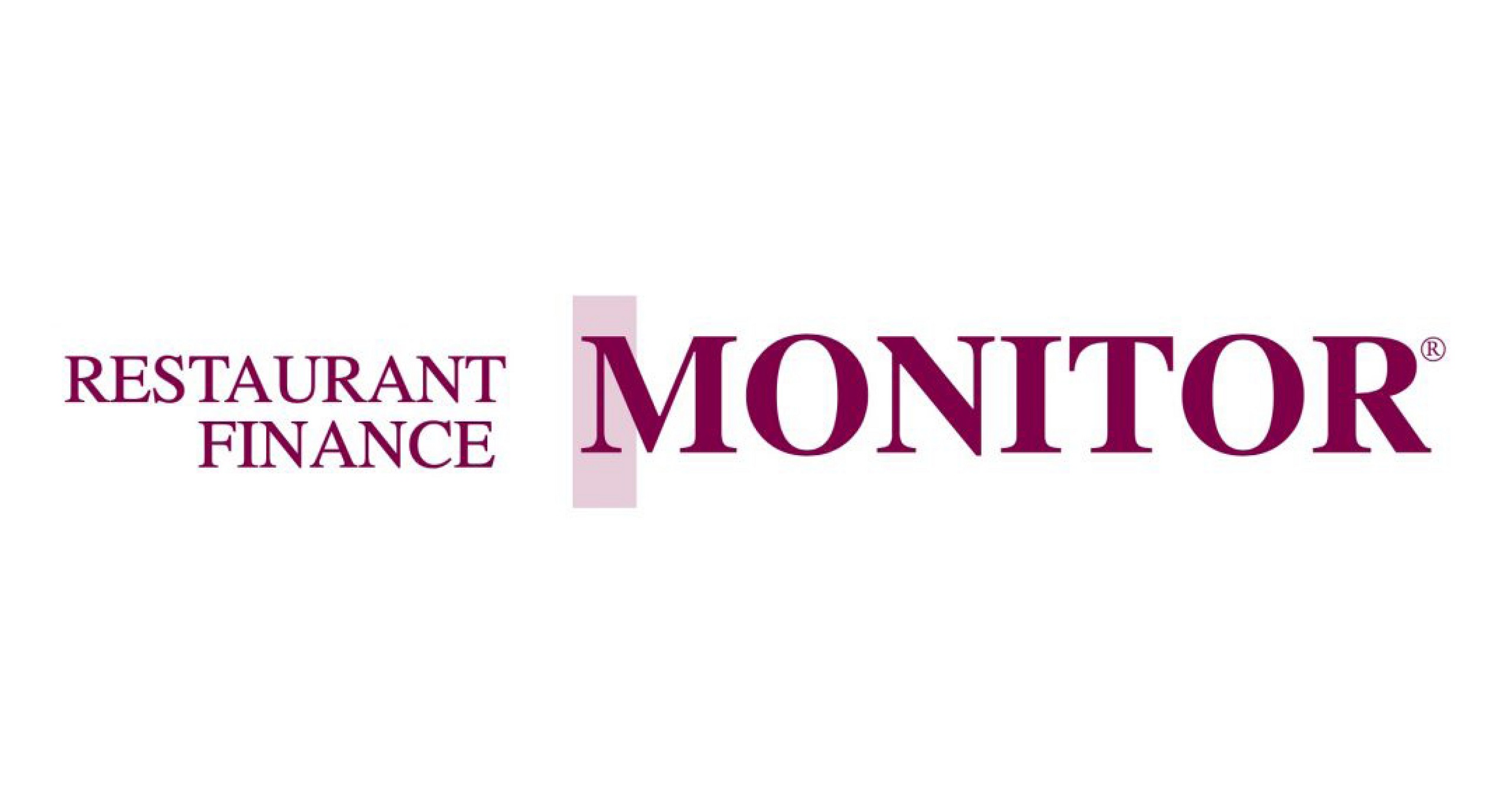We’ve seen the cost of a new restaurant, whether it’s QSR, fast-causal or casual dining, go up dramatically. The price per square foot, along with start-up costs, require concepts to have high volumes or be unprofitable. However, there are a number of ways a restaurant operator can manage costs. Here are some ideas:
Go into existing restaurant sites. The sites, whether closed or open, allow you to take advantage of being restaurant ready with infrastructure already in place, plus leverage what you can do in terms of permits and site value. Aziz Hashim, founder and chairman of Experimental Brands, is an expert at cost containment when developing franchise systems utilizing existing sites so I asked for some of his best practices.
Hashim says that while going into an existing site has its definite upside, you still need to be careful. First, figure out why an existing site isn’t doing well. You will still need to do the same due diligence you would on a new site.
Some questions to ask:
- Does it have good access and parking?
- What was its prior use?
- Was it underperforming due to operations?
- Can problems be rectified or is it something systemic that will affect the restaurant for the next 10 years?
“Sometimes you can be seduced by the lower price for the site but if the fundamentals are not good, don’t talk your way into cheaper sites,” Hashim warns. “Quality is the most important (aspect).”
Popular concepts with good locations often attract offers for sites that aren’t performing optimally to buy their lease interest. In some cases, the lessee may have to stay on due to liability issues, but there are ways to take advantage and an easy way out for a site that is underperforming. In many cases, the landlord may be anxious to see its site converted to a better concept. The other benefit is that you can derive multi-use out of it.
The next place to save is on the equipment package. For input on this, I turned to Neal Sherman, CEO of TAGeX Brands, a large after-marketplace for restaurant equipment and supplies. Sherman explained that first you have to understand that there are different levels of used restaurant equipment. Some isn’t used, it’s actually an oversupply and brand new. During the pandemic, people were concerned about having supply available to grow so they overstocked on their new equipment. Sherman said when you look at that source, you can get 40%-to-60% savings off brand-new equipment. People tend to view used equipment as having a short tenure, but Sherman said, for example, stainless steel (most restaurant items) has a life expectancy that is longer than most restaurants stay open. Some will last 100 years.
An existing site may come with used equipment without a lot of value to you, but equipment you don’t need can be sold to reduce your overall costs. When looking to buy used equipment, you need to be flexible. If you want a 36-inch prep table, consider two 18-inch tables instead if it provides a savings. With a national company, you can access the entire country and buy it directly from the store or through an auction approach. An auction starts at $1 and lets the market determine the price. You have to be flexible, but the savings from a reduction in price of 10 to 30 cents on the dollar is significant. Restaurant equipment, just like taking a new car off the lot, experiences depreciation.
Save money on opening supplies. Broadline suppliers are interested in volume. They often have upfront payments or special credits, but don’t get too anxious to take advantage, they come with performance requirements. Always seek the lowest overall product prices, then if you get other payments or credits that can reduce your upfront cost of opening a new restaurant, it’s a bonus.
The cost of any new restaurant is high, which makes saving every penny you can before you officially open is job one. Don’t forget that your landlord should be your partner, and with an oversupply out there in the lease market you’ll have a better chance of getting the site that will outlast your stainless-steel pots and pans.
From the February 2025 issue of Restaurant Finance Monitor
Author
-

Co-founder and chairman of Monroe Moxness Berg PA, Dennis is a pioneer in corporate financing with a broad network of finance contacts and clients. He assists businesses, from emerging companies to multinational firms, by providing creative ideas, identifying unique financing sources, and developing the financial tools necessary for their growth and development.
